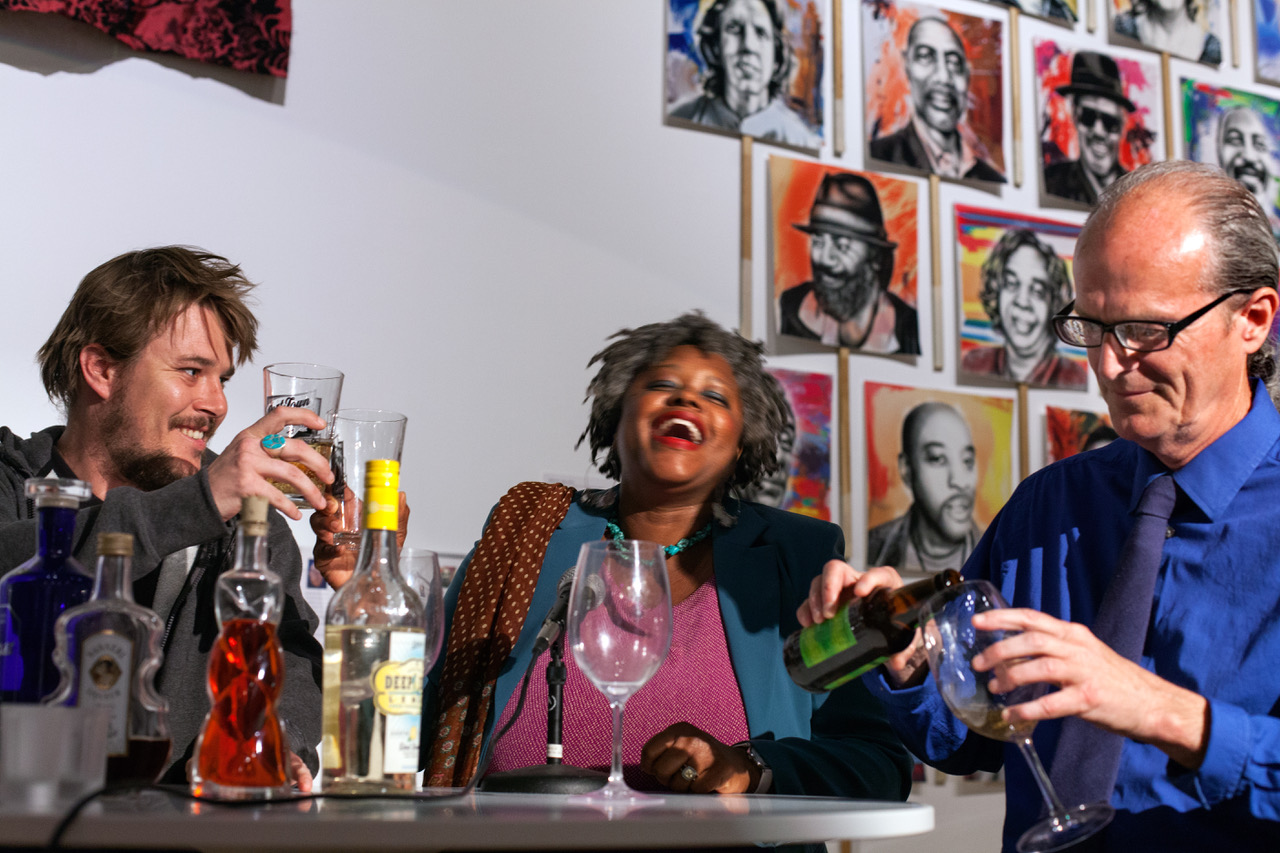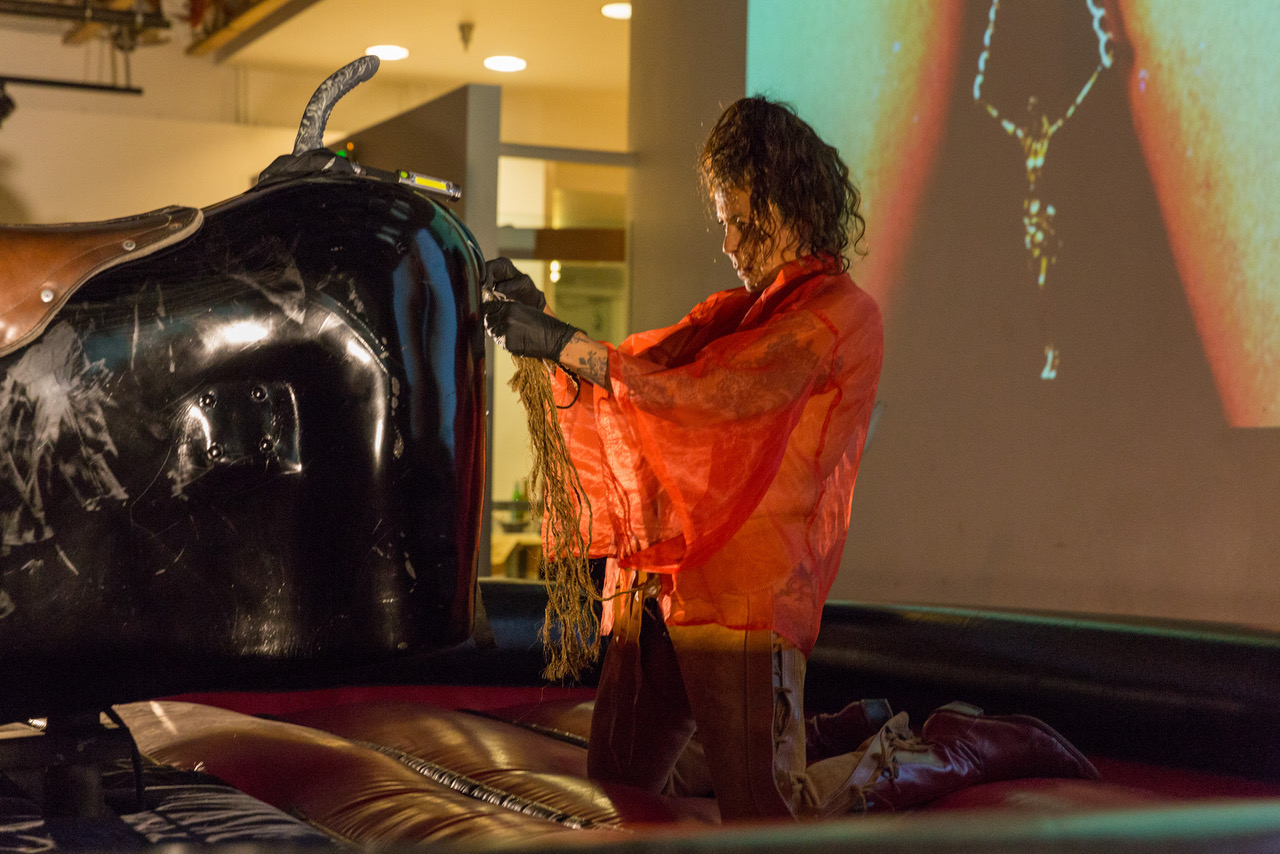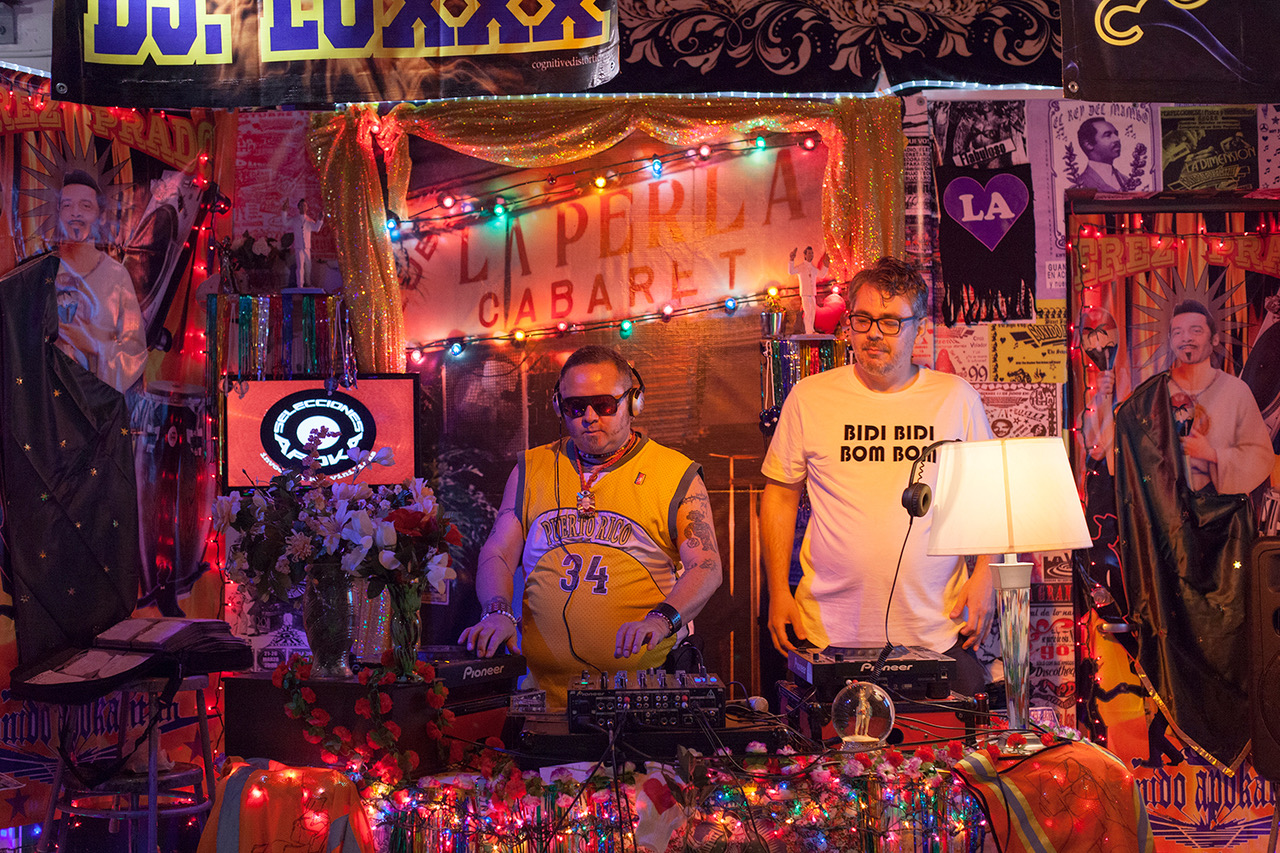The Armory Center for the Arts prioritizes inclusion and diversity with its bounty of free offerings.
Located roughly two blocks north of Colorado Boulevard in Old Pasadena is the Armory Center for the Arts, an elegant yet unassuming structure built in the 1930s with the words “California National Guard” inscribed above the entrance. That’s because the California National Guard Armory occupied the structure from the time it was built in the 1930s until it was decommissioned in the 1950s, at which point the world-champion Pasadena Badminton Club took over. Eventually, the building fell into disrepair, the Pasadena Badminton Club left, and the site became the property of the city of Pasadena. In 1989, it became home to the Armory Center for the Arts, making the Armory’s past is almost as interesting as its future.
The Armory is an outgrowth of the education department of the former Pasadena Art Museum, which dated back to 1922 when it was the Pasadena Art Institute. In 1942, they merged with the brand-new Pasadena Museum of Art, moving to what is now the Pacific Asia Museum. In 1954, the institute changed its name to the Pasadena Art Museum, and started to focus on acquiring and presenting modern art. One of the museum’s many major achievements was exhibiting the country’s first retrospective of works by Marcel Duchamp in a 1963 exhibition curated by the legendary art world impresario Walter Hopps.
In 1969, PAM was absorbed by the Norton Simon, and the Pasadena Art Workshops started. In 1989, the workshops merged with Pasadena Gallery of Contemporary Art, and what is now known as the Armory Center for the Arts was officially — and finally — born.
Today, the Armory’s mission is “to build on the power of art to transform lives and communities through creating, teaching, and presenting the arts.” To date, it’s participated in both Pacific Standard Time initiatives, hosted solo shows of works by Robert Rauschenberg, presented a public project by Yoko Ono, and organized a 2012 flight-based performance piece by artist Richard Jackson called “Accidents in Abstract Painting.”
Highlights of more recent exhibitions include Club SCUM: Three Year Anniversary Exhibition, the six-month Slanguage Residency at the Armory’s La Casita and Do you want the cosmetic version or the real deal? Los Angeles Poverty Department, 1985-2016.

Los Angeles Poverty Department, What Fuels Development, 2016, performance documentation (Monica Nouwens / The Armory)
The Armory is also heavily involved in public programming, keeps admission free and maintains a strong commitment to social justice through no-cost arts education. Armory teaching artists such as Edgar Arceneaux, Alice Könitz, Olga Koumoundouros, Rodney McMillian and Mary Weatherford lead year-round studio art classes, and in 2015, First Lady Michelle Obama awarded the Armory with the National Arts and Humanities Youth Program Award, which the Obama administration called “the highest honor for after school art programs in the nation.”
In keeping with its roots, the nonprofit organization continues to bring contemporary visual art and culture to the public. Plans for the upcoming season include Calafia: Manifesting the Terrestrial Paradise, organized by the Curatorial Team of the MexiCali Biennial and on view from October 5 through January 12, along with a yet-to-be-titled exhibition by the L.A.-based, Tijuana-raised artist, Tanya Aguiñiga.
The Armory is helmed by executive director Leslie A. Ito — an alumna of the Armory’s predecessor, the Pasadena Art Workshops, who came from a prestigious post as president and CEO of the Japanese American Cultural & Community Center, and before that served as director of grant programs at the Los Angeles County Arts Commission. Irene Tsatsos has been the museum’s director of exhibition programs/chief curator since 2010, and was previously the executive director of LACE from 1997-2005. She also worked at the Whitney Museum in New York, coordinating the 1997 Biennial.
Of course, the Armory isn’t the only cultural institution in the Pasadena area — far from it. The region is home to the aforementioned Norton Simon Museum; the Huntington Library, Art Collections and Botanical Gardens; Pasadena Museum of History; USC Pacific Asia Museum; Pasadena City College Galleries; and ArtCenter College of Design. It also boasts renowned performing arts groups and independent organizations, including Fulcrum Arts, Side Street Projects, the Gamble House and Kidspace Children’s Museum.
“Per capita, we just might have more reputable art museums, cultural institutions and small-to-mid-sized nonprofit arts organizations than any other city in L.A. County,” the Armory’s director of communications, Jon Lapointe, told L.A. Weekly. “[W]e all collaborate, respect, and genuinely like each other. No competition. We are all on the same team.”

Katia Tirado, Parody Paradise, 2018, performance photo, Pacific Standard Time LA-LA (Ian Byers-Gamber / The Armory)
When asked about the Armory’s vision of the future, Leslie Ito tells L.A. Weekly that the organization’s goal is to be a “model arts institution” that listens to the community and cultivates a genuine feeling of inclusivity. “We are developing a new framework for how we make decisions, one that is focused on bringing together people from all backgrounds to authentically collaborate, contribute and thrive,” she says.
“Many arts organizations across L.A. County are engaging in work toward diversity and inclusion,” Ito continues. “At the Armory, we are integrating these values into the organization’s core. […] The Armory is on a journey to make this work part of our organizational DNA. We understand this is a process, and it will take time, courage, persistence and commitment. This is a journey we are ready for. This is the Armory’s future.”
The Armory Center for the Arts, 145 N. Raymond Ave., Pasadena; (626) 792-5101, armoryarts.org.

Sonido Apokalitzin, Below the Underground Renegade Art & Action in 1990s Mexico, 2017, installation and performance, Pacific Standard Time LA-LA. (Ian Byers-Gamber / The Armory)
Advertising disclosure: We may receive compensation for some of the links in our stories. Thank you for supporting LA Weekly and our advertisers.

